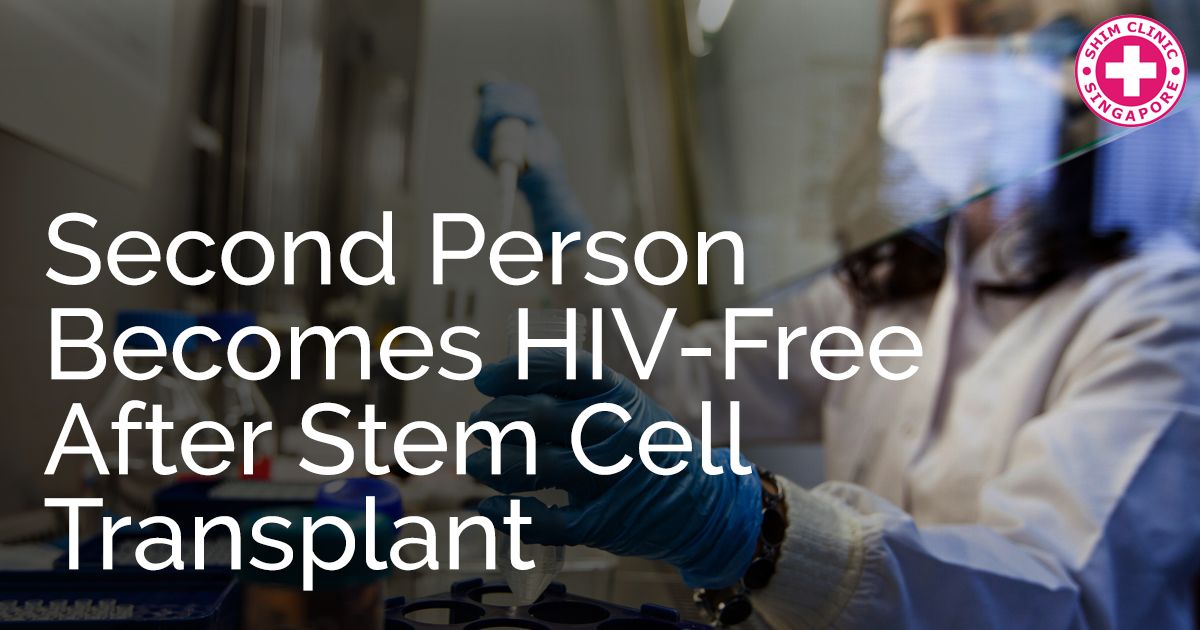A stem cell transplantation from an HIV-resistant donor has contributed to the curing of a second HIV-positive patient in the United Kingdom.
Researchers accomplished such results for the first time in 2007 when Timothy Ray Brown became the first person ever to be declared HIV-free after contracting the viral infection. Before his identity was revealed, Timothy got referred to as the Berlin Patient. He was diagnosed with HIV in the 1990s, he went on antiretroviral therapy and he eventually got a stem cell transplant for leukaemia.
The treating doctor got the idea to seek a donor who had a specific genetic mutation, making him immune to HIV. This way, the transplant addressed the leukaemia and also restored Timothy to HIV-negative status.
The London Patient
The second person in the world to receive the stem cell treatment is called Adam Castillejo and he was formerly known as the London Patient.
Aged 40, Castillejo made headlines for the first time in March 2019. At the time, his treating team announced that Castillejo had been off antiretroviral medications for a period of 18 months. This is the longest remission after a stem cell transplant, following the results of the Berlin Patient.
Adam Castillejo received a transplant of cells from a donor who doesn’t express the CCR5 gene. This gene is responsible for the production of a protein vital for the survival of the human immunodeficiency virus. Without the protein, HIV cannot enter the cells and start its replication process.
Within 30 months of the transplantation, doctors confirmed that Adam’s HIV viral load was completely undetectable in his blood samples.
What exactly do these results mean? Even if there are still some traces of HIV in Adam’s blood, they cannot complete the replication of the virus that’s so essential for its proliferation.
A Possible Cure for HIV/AIDS?
The research team of physicians that worked on Adam Castillejo’s stem cell transplant reported that the treatment option is considered high risk and a last resort for HIV-positive individuals.
Stem cell transplants are only recommended in HIV-positive patients who also have a life threatening haematological malignancy like leukaemia.
The results, however, give birth to hopes for the development of a brand new treatment option that’s based on gene editing.
We still have a really long way to go until this becomes a reality and a mass practice that’s approved for all HIV/AIDS patients. According to lead researcher Dr. Dimitra Peppa, there are both ethical and technical barriers that the medical community will have to overcome first.
Gene editing refers to essentially modifying a person’s genetic profile to stop the expression of the protein that HIV needs for its proliferation. In time, the body becomes capable on its own of clearing out the virus without the need for the administration of antiretroviral treatments.
Gene editing or engineering experiments are already taking place but the scope of applications in humans is limited. One of the earliest experiments within this field was carried out in 2018 by Chinese researcher He Jianjui who’s responsible for the birth of the world’s first gene edited babies.
Human genome editing, however, isn’t just scientific. It’s an ethical, political and even social issue. Hence, a lot more work will need to be done before cures based on genetic engineering become widely available and accepted.
The importance of the London Patient experiment falls on its ability to replicate the results of the Berlin Patient. This means that the Berlin Patient wasn’t a single occurrence, an accidental positive outcome. Hence, the prospects for future developments are really bright.
HIV and AIDS Treatments Improving Rapidly
Humankind has had a massive success in addressing the HIV epidemic of the 1980s and 90s.
Today, HIV is no longer a death sentence. It has turned into a manageable chronic condition that can be addressed in more than one way.
High risk groups are already at a reduced risk of contracting the viral infection through HIV pre-exposure prophylaxis or PrEP is orally-administered and when taken daily, it can reduce the risk of contracting HIV by as much as 99 per cent.
HIV PrEP should be considered by those who have a sexual partner with HIV, those who fail practicing safe sex regularly, sex workers and those who have been diagnosed with another STD over the course of the previous six months.
Even in the case of potential exposure, there are still possibilities. Post-exposure prophylaxis or HIV PEP is the most reliable one.
HIV PEP consists of medicines that need to be taken in the first 72 hours after the suspected exposure. When taken on a daily basis for the coming 28 days, HIV PEP is also highly effective and capable of contributing to a massive reduction in the contraction risk.
Keep in mind, however, that HIV PEP and PrEP are not meant to replace safe sexual practices and prevention. They are suggested as last-resort option for high risk individuals.
Another powerful tool readily available at your disposal is HIV testing. Regular screening can help for the early detection of HIV and the sooner you address the condition, the better your outcome is going to be.
Singaporean facilities like Shim Clinic offer reliable HIV testing, consulting, HIV PEP and PrEP options. Don’t hesitate to contact us or visit the clinic during our working hours every day of the week.

